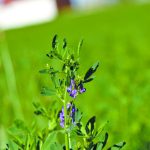Tag Archives alfalfa
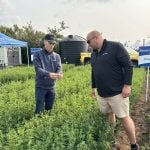
Strong cattle prices boost forage sales, reps report at Ag in Motion 2025
Seed companies say producers willing to invest in high-quality forage varieties in light of challenging growing conditions
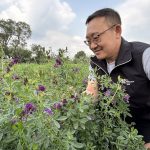
Research focuses on drought tolerant alfalfa
Yellow flowers could help scientists breed new varieties that cope with dry conditions
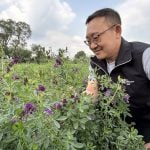
Research focuses on drought tolerant alfalfa
Yellow flowers could help scientists breed new varieties that cope with dry conditions

Research studies fruit-forage intercropping
Agriculture Canada scientists share the potential benefits of the practice that have found in trials conducted in Saskatchewan

Managing diseases in alfalfa
From seedling issues to stand die-off, understanding the timing and symptoms of alfalfa diseases can help protect yield
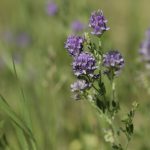
Alfalfa aptitude: five things to consider when selecting varieties

Microbes matter during pasture restoration
Research finds that the relationship between alfalfa genetics and microbes in the soil can alter growth of the plants
WINNIPEG — Choosing the right alfalfa variety can make a difference, possibly a huge difference, when producers are rejuvenating a pasture. After several years, the productivity of a pasture will decline and many ranchers choose to over-seed or sod-seed alfalfa to revive the pastureland. Farmers will likely select a high-yielding alfalfa variety that is adapted […] Read more
Graze alfalfa without the fear of bloating
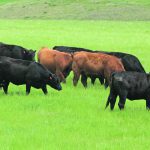
Alfalfa declared the winner in steer preference contest
Researchers put alfalfa, sainfoin, birds-foot trefoil, cicer milkvetch, meadow bromegrass and orchard grass to the test
Which type of pasture plants do steers prefer? Bart Lardner decided to find out. The researcher at the University of Saskatchewan grazed steers on small plots to see how several different forage species performed under grazing conditions. The treatments consisted of different varieties of alfalfa, sainfoin, birds-foot trefoil, cicer milkvetch, meadow bromegrass and orchard grass. […] Read more